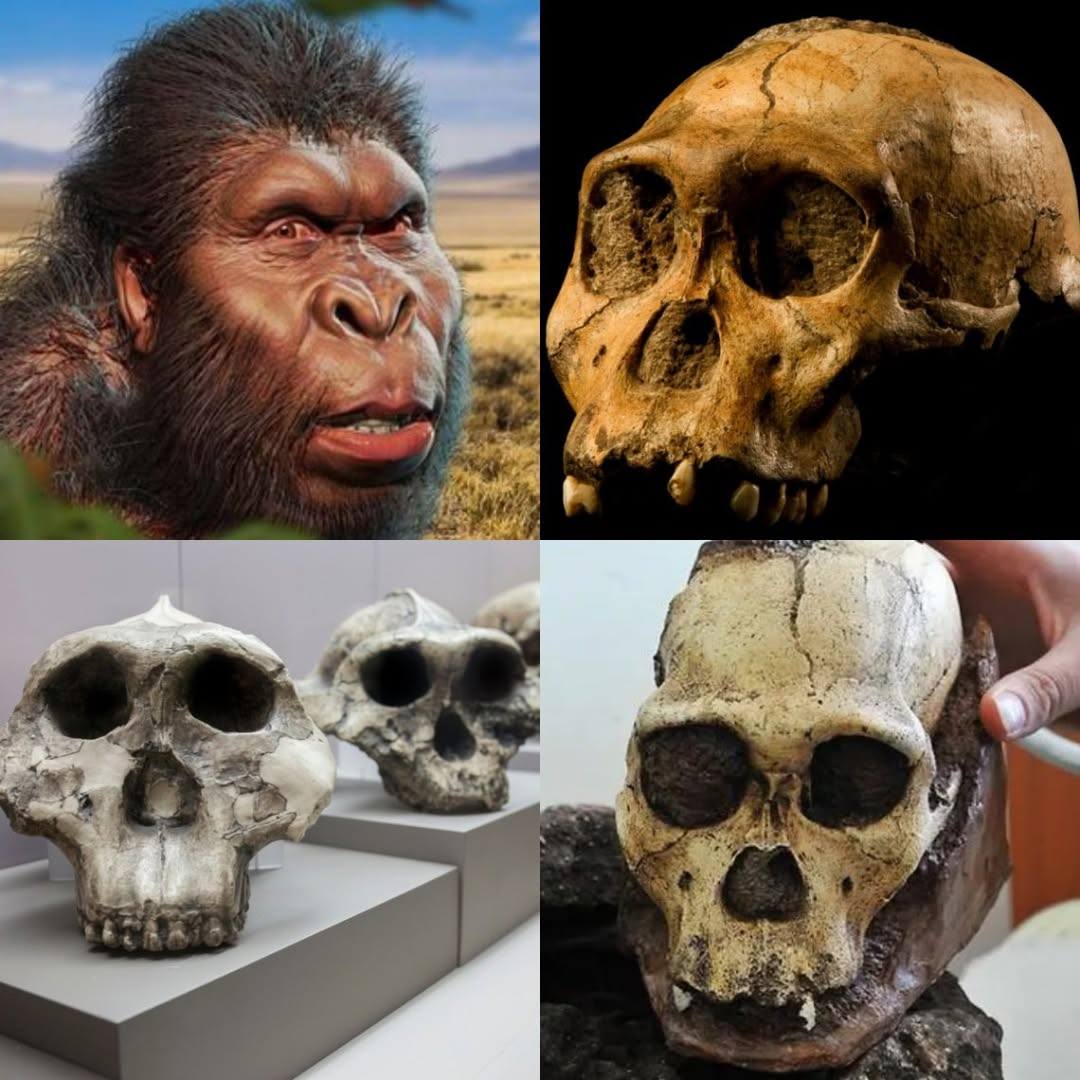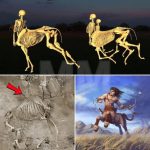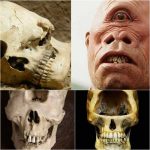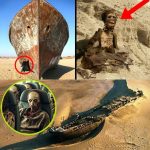2-Million-Year-Old Fossil Teeth Rewrite Human History

In a groundbreaking discovery that challenges our understanding of human evolution, scientists have successfully extracted genetic material from fossilized teeth dating back more than 2 million years. Unearthed in a hidden cave system, these ancient teeth contain the oldest human DNA ever recovered, offering unprecedented insight into humanity’s evolutionary past. The findings point to a mysterious ancient human relative previously unknown to science, potentially reshaping the timeline of human origins.
The Discovery

The fossilized teeth were uncovered in a remote cave system, carefully preserved by the surrounding rock and mineral deposits. Despite the immense age of the specimens, advanced genetic extraction techniques have allowed researchers to recover fragments of DNA, offering a rare glimpse into the genome of early humans. These teeth not only provide anatomical information but also carry the genetic code of a species or subspecies that existed alongside known ancestors, filling critical gaps in our evolutionary history.
The fossils display unusual features, distinguishing them from Homo erectus, Homo habilis, and other known early human species. Size, shape, and wear patterns suggest a unique diet, lifestyle, and possibly novel adaptations to the environment, indicating a distinct branch of humanity that lived in parallel with other ancestral populations.
Implications for Human Evolution
The successful extraction of 2-million-year-old DNA is a monumental achievement, pushing the boundaries of what scientists believed possible in paleogenetics. By analyzing these ancient genetic sequences, researchers can identify evolutionary traits, migration patterns, and potential interactions with other early human species.
This discovery has profound implications for understanding human evolution. It suggests the existence of previously unknown lineages that contributed to the genetic diversity of early hominins. These forgotten branches may have shaped modern human biology in ways that are only now coming to light, highlighting the complexity and richness of our ancestral tree.
Scientific and Archaeological Significance

The cave system itself, where the fossils were found, provides additional context. Its preserved stratigraphy and environmental conditions allowed the DNA to survive far longer than typical fossil remains. Alongside the teeth, researchers have found stone tools and other artifacts that may offer insight into behavior, cognitive development, and adaptation strategies of this mysterious human relative.
The find also represents a leap forward in the study of ancient DNA. Previously, DNA this old was considered irretrievably degraded, but new methodologies in molecular biology and genomics have made it possible to recover and analyze even highly fragmented genetic material.
Conclusion
The extraction of DNA from 2-million-year-old fossil teeth marks a transformative moment in paleoanthropology. By revealing a mysterious ancient human relative, the discovery challenges established narratives of human evolution and provides unprecedented insight into the complexity of our ancestral past. As researchers continue to decode these genetic secrets, we may soon uncover forgotten branches of humanity that played a crucial role in shaping who we are today. This finding not only expands scientific understanding but also reshapes our perception of humanity’s journey across millions of years.











